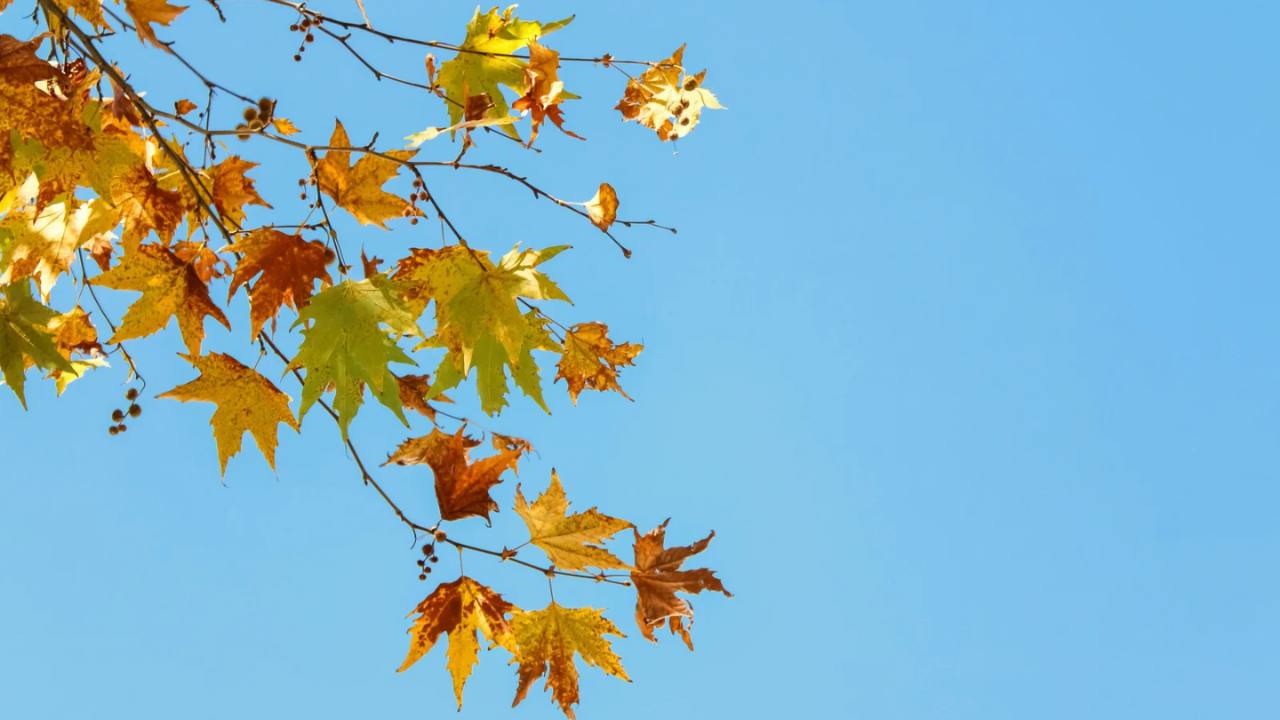陰影を感じさせる言葉/Expressions of Shadow and Subtlety
こんにちは、いろはです。
Hello, this is Iroha.
今日は、前々回の予告でもお伝えしていた通り、
「陰影を感じさせる日本語」をいくつかご紹介したいと思います。
As I mentioned in a previous newsletter,
today I’d like to share some uniquely Japanese words that evoke a sense of shadow, softness, and presence without form.
見えないものを感じる力
Sensing what’s not seen
日本語には、はっきりと形が見えないものに、そっと名前を与えるような言葉がたくさんあります。それは、目に見える「もの」ではなく、
Japanese has a beautiful way of giving names to things that are not clearly visible or tangible —
そこに漂う「気配」や「余白」を大切にしてきた文化から生まれたものかもしれません。たとえば──
a scent in the air, the pause in a conversation, the moment after something ends. Here are a few such words:
気配(けはい)Kehai
そこに“いる”ような、“いるかもしれない”ような。
風、光、感情……その存在をはっきり捉えなくても、私たちは何かを感じ取る。
The subtle sense that something — or someone — is present, though unseen.
You might feel it in the wind, in a room, or in someone’s silence.
仄か(ほのか)Honoka
香り、光、想い──どれも強くはないけれど、ふわりと残る。
はっきりしないからこそ、印象に残ることもあるのです。
A faint trace — of scent, light, memory.
What lingers quietly often leaves the deepest impression.
淡い(あわい)Awai
色や感情が、やさしくにじむように。
淡い恋、淡い記憶──あたたかく、少し切ない。
Soft, gentle, or pale — whether in colour or in feeling.
An awai memory, an awai affection — beautiful, fleeting, and tender.
名残(なごり)Nagori
過ぎ去ったものが残していったもの。
桜の名残、旅の名残──去った後にこそ、美しさが浮かび上がることがあります。
The echo of something that has passed.
The last cherry blossom, the warmth of a place just left —
sometimes the beauty is clearest after something is gone.
余白(よはく)Yohaku
文字で埋め尽くさない紙の白さ。
語らないことで、かえって何かを伝える力。
書道や和歌、庭園など、あらゆる日本文化に流れる感覚です。
The white space left unfilled — in writing, in speech, in art.
It is not emptiness, but invitation. A place for the reader, the viewer, the self to breathe.
これらの言葉を手で書いてみると…
When you write them by hand…
これらの言葉を書いてみると、
墨のにじみや、線の強弱、紙の余白が、まるでその意味そのもののように感じられてくることがあります。
If you try writing these words in calligraphy,
you may find that the shape of the strokes, the space between them, the soft ink bleeding — all begin to reflect the meaning of the word itself.
書とは、言葉の意味を手の動きと余白で感じることでもあるのかもしれません。
In Japanese calligraphy, the act of writing is also a quiet way of feeling meaning through movement and stillness.
今週、よろしければひとつ、「気配」や「淡い」などの言葉を書いてみてください。
If you feel inspired this week, try writing one of these words —
perhaps kehai or awai.
その時の筆の動きや呼吸に、あなたの中の“陰影”が映し出されるかもしれません。
– いろは
You may discover something quietly beautiful in the shadow between the strokes.
Warmly,
Iroha






Responses